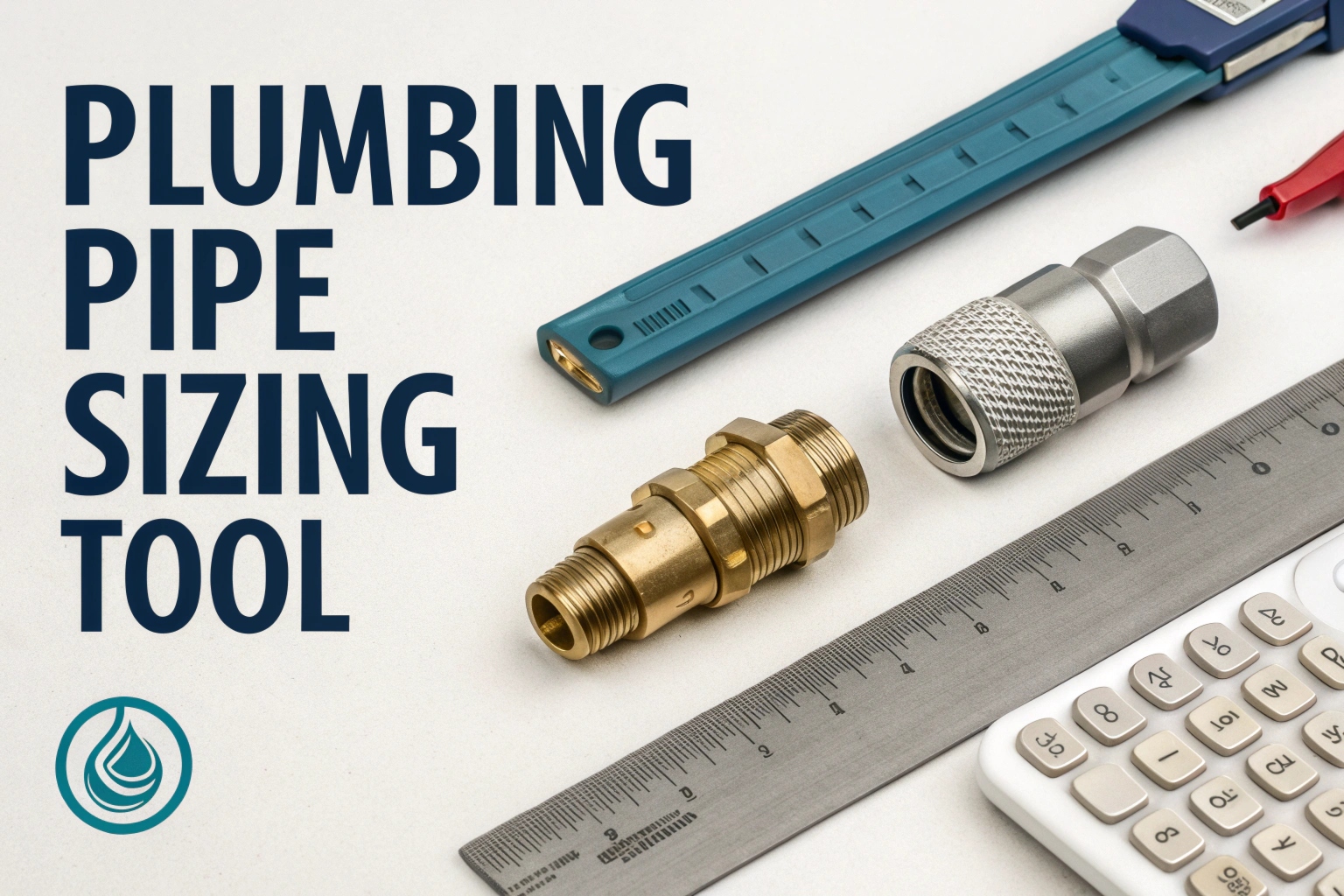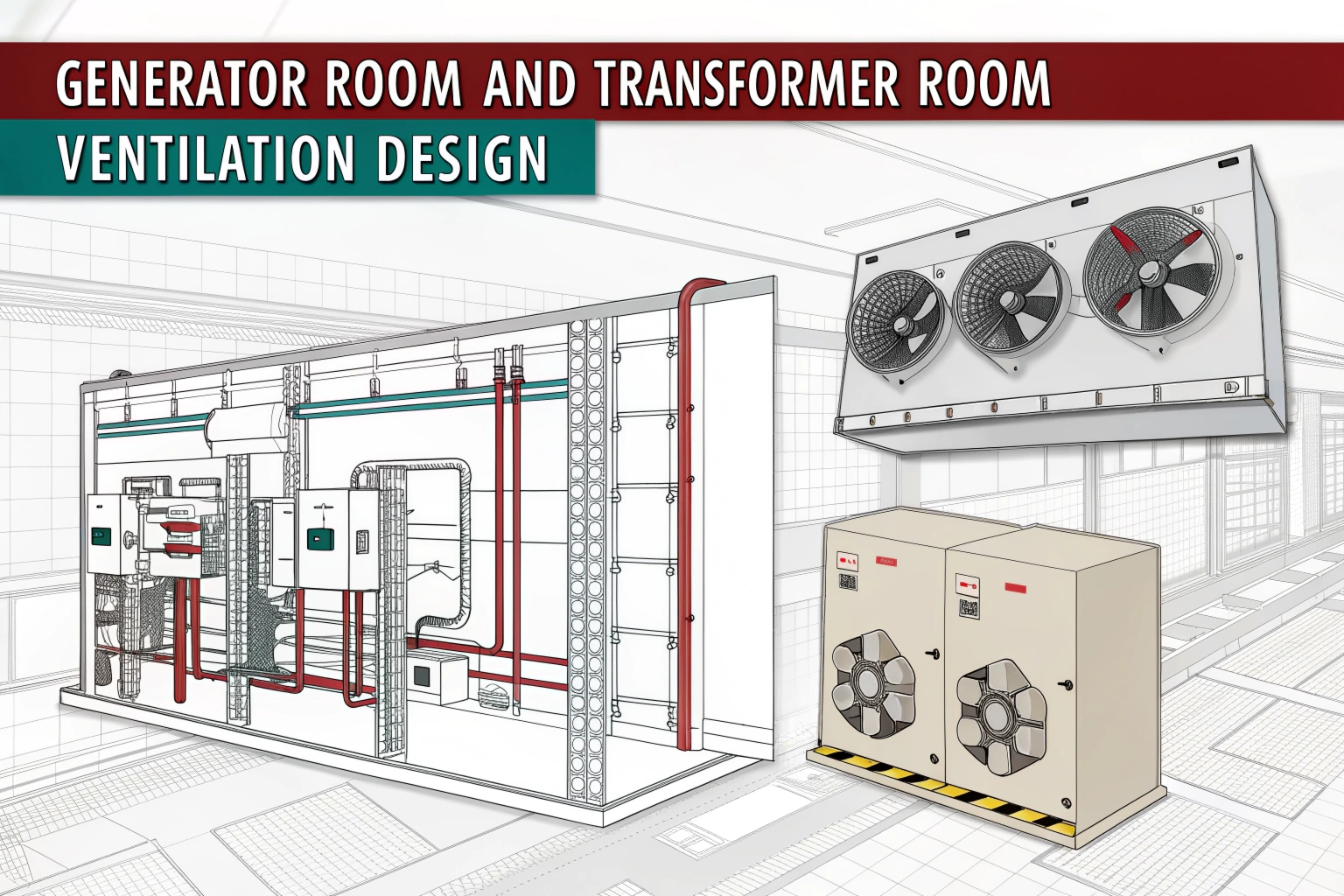Indoor air quality is all about how polluted or clean the air is inside of homes, schools and offices. Perhaps you don’t realise it, but indoor air impacts how you feel. While dirty air can make you tired, it will also make you sick or create long lasting health problems, clean air will keep you healthy and energetic.
To help you understand the importance of indoor air quality and how you can improve it at home. We’ll walk you through the whole thing step by step, making it very easy to understand.
Why is Indoor Air Quality Important?
Indoor air quality is similar to the water you drink. Right, you wouldn’t drink dirty water. It can be just as bad inhaling polluted air. Let’s discuss a few reasons why the air inside should be clean:
- Health Benefits: Clean air can lower one’s risk of headaches, allergies and breathing problems. It helps keep your lungs healthy and boosts your immune system.
- Better Focus and Mood: Breathing fresh air can help you concentrate more easily. It also makes you feel happy and keeps you feeling fresh and awake.
- Sleep Quality: Breathing clean air will help you sleep better at night. You wake up feeling refreshed, not tired and sluggish.
What Causes Poor Indoor Air Quality?
There are many things that make indoor air dirty. To clarify, let’s look at common sources:
- Dust and Pollen: These nano particles exist in the air and settle on surfaces. Allergies can be caused by them and it can be very difficult to breathe.
- Pet Dander: If you have pets, their fur and dander can circulate in the air and cause allergic reactions.
- Mold and Mildew: It is also to be found in damp places like bathrooms for basements. The spores released into the air when mold forms can cause a couple to cough or wheeze.
- Cooking and Cleaning Products: Chemicals from some cleaners and cooking oils enter the air. They are known to cause headaches and irritation.
- Smoke: Bad air quality can be caused by cigarette smoke or even smoke from burning candles, fireplaces. Harmful particles and chemicals are also present in smoke.
How to Improve Indoor Air Quality
Indoor air quality doesn’t have to be complicated to improve. Here are the easy steps to follow:
1. Keep Your Home Clean
Dust and vacuum often to remove dirt, pet hair, and allergy inducing particles. Frequently wash your bedding to decrease dust mites. Vacuuming with a vacuum cleaner equipped with a HEPA filter will trap tiny particles and help prevent them from floating around in the air.
2. Ventilate Your Home
Open windows and doors if you have good weather. Fresh air will help push out the rest of the stale air and allow fresh oxygen rich outdoor air to air. After cooking or using strong smelling cleansers be sure to ventilate the home.
3. Control Humidity Levels
Mold and mildew love damp environments. To limit the amount of humidity in the air, use a dehumidifier to thus keep the humidity level between 30% and 50%. It prevents mold growth, and makes your home fresh.
4. Add Indoor Plants
There are certain indoor plants that can naturally improve the quality of air. Spider plants, snake plants, and peace lilies are plants that absorb the toxins and release fresh oxygen. Plus they add some nice touch of greenery to your space as well!
5. Use an Air Purifier
The effectiveness of air purifiers at eliminating z Campo’s pollution proof that they happen to remove pollutants from air. To get the best results, choose one with a HEPA filter. An air purifier can really help prevent allergies or asthma problems, if you or your family members have allergies or asthma.
6. Avoid Using Harsh Chemicals
Use natural or fragrance free cleaning products. You should avoid any air fresheners or soy or synthetic scented candles. Try to look for options which are eco friendly and safer to your lungs.
7. Don’t Allow Smoking Indoors
Harmful chemicals in cigarette smoke also stick to walls, furniture and to clothing. To protect everybody’s health, make your home smoke free.
Signs of Poor Indoor Air Quality
How do you gauge if the air inside of the house isn’t clean? Here is some indication of the above:
- You are constantly tired or experience endless headaches.
- Your eyes, nose, or throat feel irritated.
- You cough or sneeze more frequently.
- There is a musty smell which means it could be mold.
- However, your allergies act up when you’re indoors.
- If you find that you are reacting to any of these symptoms, or many of them, it’s a clear sign that the quality of the air you breathe inside needs upgrading.
How Technology Can Help
The monitoring and improvement of indoor air quality can be made easier by means of technology. Below are some smart tools you can use:
- Air Quality Monitors: They are devices that can measure the quality of the air in your home. Pollutants, humidity levels, and temperature are tracked by them. A few models hook up to your smartphone for live updates.
- Smart Thermostats: These thermostats regulate temperature and ventilation for your home. In addition, they can aid in the circulation of fresh air and better air circulation.
- Smart Air Purifiers: The apps control these purifiers over Wi-Fi. Settings can be adjusted or the filter can be alerted when it needs replacing.
Seasonal Tips for Better Air Quality
Indoor air quality can be affected by different seasons. To keep your air fresh all year long, try the following:
- Spring: Spring means pollen season. On high pollen days, keep windows closed and use an air purifier.
- Summer: Humidity can rise during summer. Maintain moisture levels with the aid of an air conditioning or dehumidifier.
- Fall: Allergens in the form of leaves or outdoor allergens can go in your home. Use an air cleaner and clean regularly, changing consistently more often for greater success.
- Winter: Winter often means closed windows. If the air feels too dry, ventilate your home, or use a humidifier.
The Long-Term Benefits of Clean Indoor Air
Prioritising indoor air quality is an investment in your long term health and happiness. You will breathe easier, feel more energetic and be more comfortable living in that space. And keeping air clean in the house can protect your family from illness, allergies as well.
Final Thoughts
It’s possible to improve indoor air quality without it being complicated or expensive. However, you can take small steps to create a healthier space by cleaning more often, introducing houseplants into the home, and using air purifiers. If you forget about this, remember that you are constantly breathing in the air and it is your responsibility to make sure it remains fresh and clean. Soon enough, you’ll feel the difference!
FAQs
What are the objectives of indoor air quality?
Indoor air quality wants to monitor the pollutants and keep the air good, and also wants to decrease the harmful substance exposure.
What are the methods for indoor air quality?
The first three steps to improving indoor air quality are controlling sources, improving ventilation, and utilizing air filters.
What are the effects of poor indoor air quality?
Indoor air that is poor can cause eye, nose and throat irritation, headaches, dizziness, tiredness, respiratory tract problems and heart disease, as well as cancer.
What are the factors of indoor air quality?
Air pollution factors for the home include outdoor air, home space, cooking time, and cleaning frequency.
Read More – Chiller Heat Rejection Systems:Enhance Energy Efficiency











